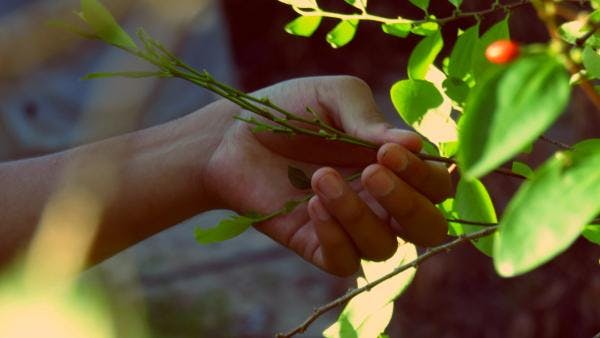Jusezam - Wikimedia Commons - CC BY-SA 3.0
The coca business’s collapse has crushed rural Colombia
Falling prices and high inflation have resulted in forced displacement and food insecurity for thousands of peasants whose economic mainstay was growing the plant exclusively and selling coca paste.
Coca, a mainstay of the rural economy in certain parts of Colombia, is on the verge of collapse. Few saw it coming. And some questions about this phenomenon remain. But the effects include collective impoverishment and an acute social crisis for a good number of the 400,000 coca-growing families and people connected to the business in border departments such as Nariño, Putumayo and Norte de Santander, among others. Forced displacements of people in search of better luck, and food insecurity stemming from price inflation, have gradually faded the memory of the more prosperous years.
It is difficult to get clear statistics for the coca market, but the newspaper El Espectador estimated that between 2021 and 2023, the average price of an arroba (12.5 kilos or about 28 pounds) of coca leaf has fallen by over 32% in the department of Cauca, on Colombia’s Pacific coast. Meanwhile, in the neighboring southern department of Nariño, a kilo of coca paste — a later stage in the transformation of the leaf into cocaine — once cost $975, but today it sells for $240, according to estimates by the Colombian branch of the International Crisis Group think tank.
Last Thursday, at the start of the new congress, President of Colombia Gustavo Petro explained that cocaine exports to the United States have decreased with the increase in fentanyl addiction, a potent opioid that has caused more deaths in the United States so far this century than the Vietnam War. Petro said that this shift is an opportunity to accelerate the transition of the traditionally marginalized coca-growing regions toward legality and integrate them once and for all into the circuits of progress that other territories have experienced.
Elizabeth Dickinson, an analyst at the International Crisis Group, notes that the 2017 demobilization of the Marxist FARC (Revolutionary Armed Forces of Colombia) guerrillas briefly left the coca economy orphaned. Prior to laying down their arms, the insurgents had exerted suffocating control over the peasantry and their crops. Many sowed their entire land with a leaf that did not make them rich but did yield better profits than other products. “That explains the seriousness of the problem. In the south of Bolivar (on Colombia’s Caribbean coast), the business has been paralyzed for six months. There’s internal displacement toward the marshes, with peasants coming down from the mountains to make their living by fishing.”
